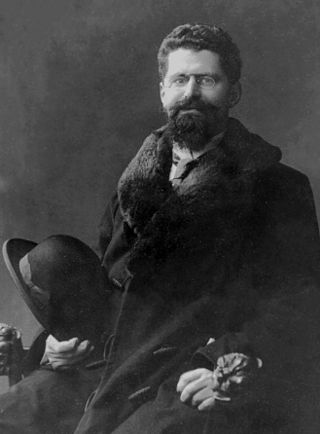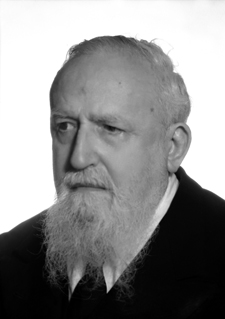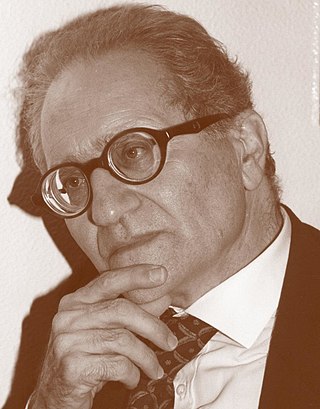
Amilcare Ponchielli was an Italian opera composer, best known for his opera La Gioconda. He was married to the soprano Teresina Brambilla.

Daniello Bartoli, SJ was an Italian Jesuit writer and historiographer, celebrated by the poet Giacomo Leopardi as the "Dante of Italian prose"

Benedetto Croce was an Italian idealist philosopher, historian, and politician, who wrote on numerous topics, including philosophy, history, historiography and aesthetics. In most regards, Croce was a liberal, although he opposed laissez-faire, free trade, and had considerable influence on other Italian intellectuals, including both Marxist Antonio Gramsci and Italian Fascist Giovanni Gentile.

Francesco Severi was an Italian mathematician. He was the chair of the committee on Fields Medal on 1936, at the first delivery.

Paul Gustave Marie Camille Hazard, was a French professor and historian of ideas.

Megalancosaurus is a genus of extinct reptile from the Late Triassic Dolomia di Forni Formation and Zorzino Limestone of northern Italy, and one of the best known drepanosaurids. The type species is M. preonensis; a translation of the animal's scientific name would be "long armed reptile from the Preone Valley."

The Gazzetta Ufficiale della Repubblica Italiana is the official journal of record of the Italian government. It is published by the Istituto Poligrafico e Zecca dello Stato in Rome.
Silvia Berti is a history professor at the University of Rome La Sapienza. Her fields of interest are the relationship between Jewish and Christian culture in the Moderna era, issues of history of historiography, European anti-Christian attitudes, Spinoza and Spinozism, the Huguenots, Jansenists, the Enlightenment, and other opposition groups within French history.

Gaetano De Sanctis was an Italian ancient historian, classicist and lifetime senator (1950-1957). As the collection of his 'scritti minori' illustrates, his scope of scholarship ranged from Homer down to the Byzantine Empire. He was the influential teacher of Arnaldo Momigliano. His work 'Storia dei Romani' could be considered a monumental work.
Nuova Rivista Storica is a peer-reviewed academic journal published by Società Editrice Dante Alighieri. It publishes articles on Italian, European and World history.
Paolo Malanima is an Italian economic historian and director of the Institute of Studies on Mediterranean Societies in Naples. Malanima's main research interests are long-term developments in economic history, particularly the performance of the Italian economy since Classical antiquity, history of energy and global history.
Italian Studies is an interdisciplinary field dealing with the study of the Italian language, literature, art, history, politics, culture and society.

Gaetano Cozzi was an Italian historian, professor at Padua University, and researcher with the Giorgio Cini Foundation and Fondazione Benetton Studi e Ricerche. He was a specialist in Venetian history, with special attention to the institutions, the relationship between law and society and the cultural environment.
Nino Valeri was an Italian historian.

Luca de Samuele Cagnazzi was an Italian archdeacon, scientist, mathematician, political economist. He also wrote a book about pedagogy and invented the tonograph.
Elena Brambilla was an Italian historian.

The cockade of Italy is the national ornament of Italy, obtained by folding a green, white and red ribbon into a plissé using the technique called plissage (pleating). It is one of the national symbols of Italy and is composed of the three colours of the Italian flag with the green in the centre, the white immediately outside and the red on the edge. The cockade, a revolutionary symbol, was the protagonist of the uprisings that characterized the Italian unification, being pinned on the jacket or on the hats in its tricolour form by many of the patriots of this period of Italian history. During which, the Italian Peninsula achieved its own national unity, culminating on 17 March 1861 with the proclamation of the Kingdom of Italy. On 14 June 1848, it replaced the azure cockade on the uniforms of some departments of the Royal Sardinian Army, while on 1 January 1948, with the birth of the Italian Republic, it took its place as a national ornament.
Luigi Vittorio Ferraris was an Italian diplomat.

Giuseppe Giarrizzo was an Italian historian and academic. He was professor emeritus at the University of Catania.











